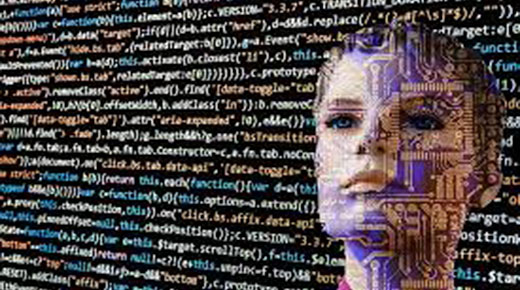Every other day I stumble over an article about losing jobs to artificial intelligence (AI), AI being the demi-savior of mankind, or being the digital antichrist. So, exactly what is AI and what’s the big deal?
|
ADVERTISEMENT |
What is AI?
The question of what artificial intelligence is, immediately begs the prerequisite question, “What is intelligence?” When broken down, the first part of the term is easy. By artificial, we are all talking about computers rather than brains. The intelligence part is a little trickier. Intelligence might be understood as a computational ability—to take information in and synthesize it to be of use in a personal way. Which computers do... sort of, with programming, which is like humans... sort of. It may be the difficulty of differentiating artificial and human intelligence that creates such angst.
What’s the big deal?
So, is it “The Rise of the Machines” that we fear, or is it really just a matter of job security? Apparently, that question is just as tricky as “What is AI?”
…

Add new comment